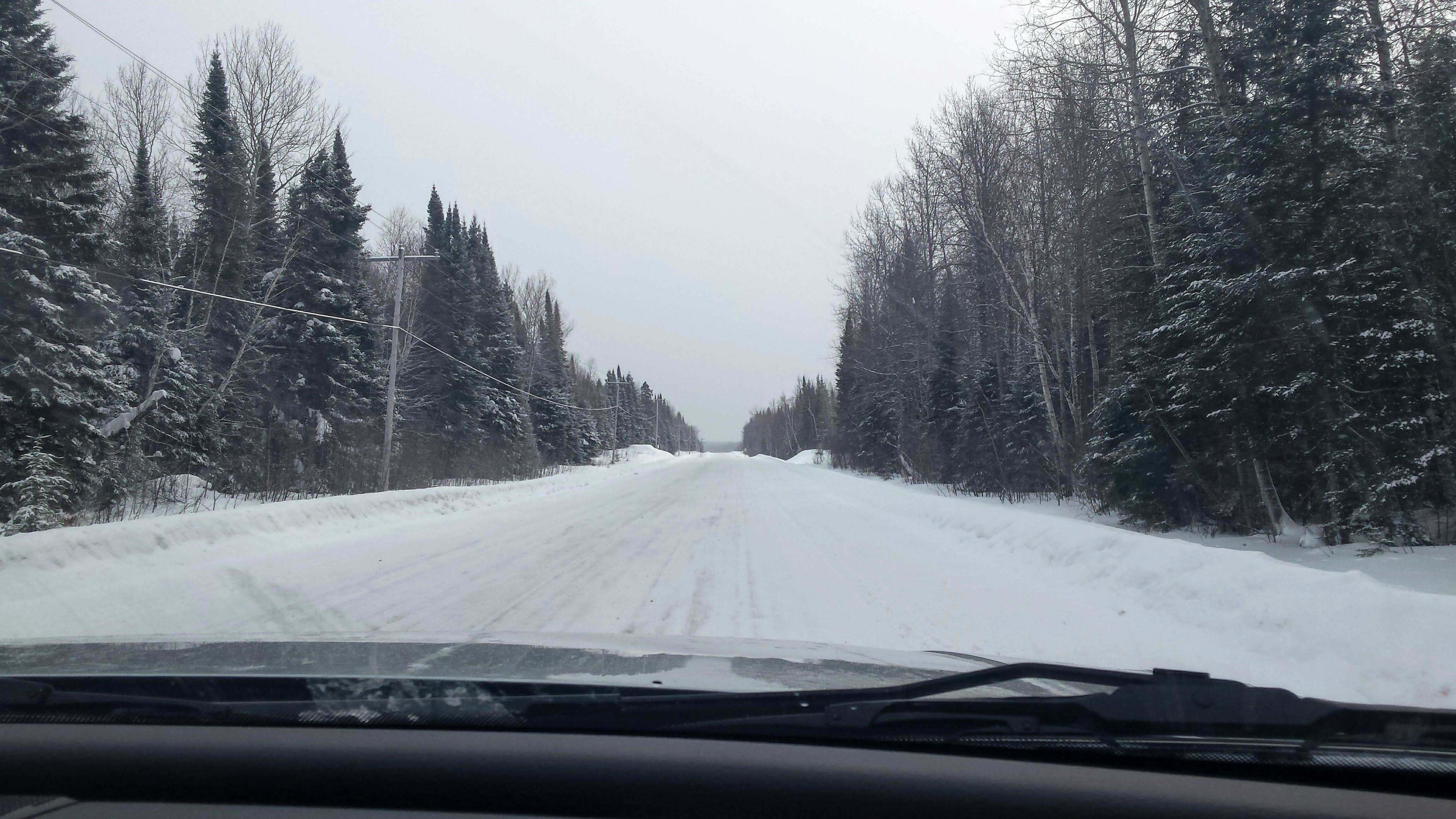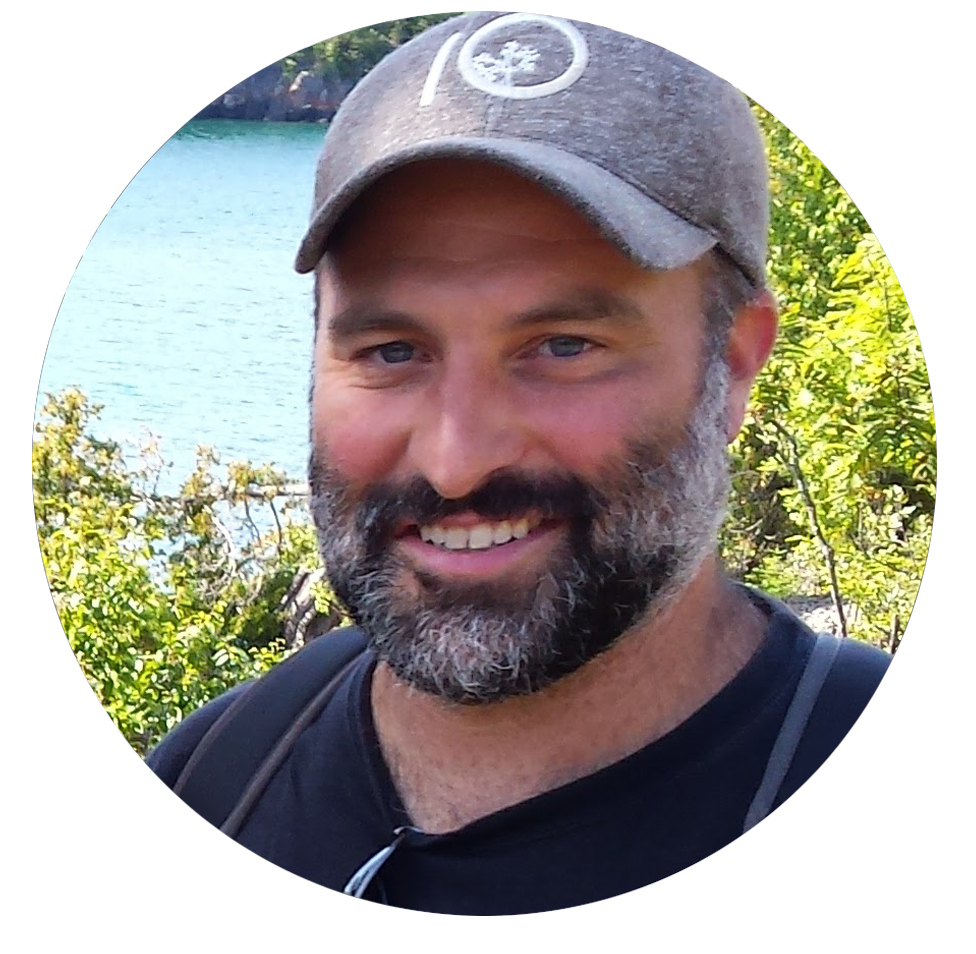 Author: Wes Normington, Executive Director
Author: Wes Normington, Executive Director
This post is part one of a two-part series. I’m sharing stories from two separate trips to the north which happened in early 2019. Read the second post about our visit trip to Nunavut.
Day 1 involved a flight from Toronto to Thunder Bay, followed with a 7-hour drive to Hearst. Heading east out of Thunder Bay, it’s easy to forget you are in Ontario. Geological attractions like amethyst mines, the Sleeping Giant and Ouimett Canyon populate the gateway to a winding stretch of Highway 17, hemmed in by jagged cliffy hills and lakes.
I’m making this trip along with my colleague Katie Krelove and Jonathan Neegan, the Economic Development Advisor for Matawa First Nations Management (MFNM). MFMN is a tribal council with nine Ojibway and Cree First Nations members. Over the course of a week, we travel with Jonathan to four of the communities, Aroland, Long Lake #58, Ginoogaming and Constance Lake. We are leading solar energy workshops for students in the communities’ schools.
The map below indicates our travel route.
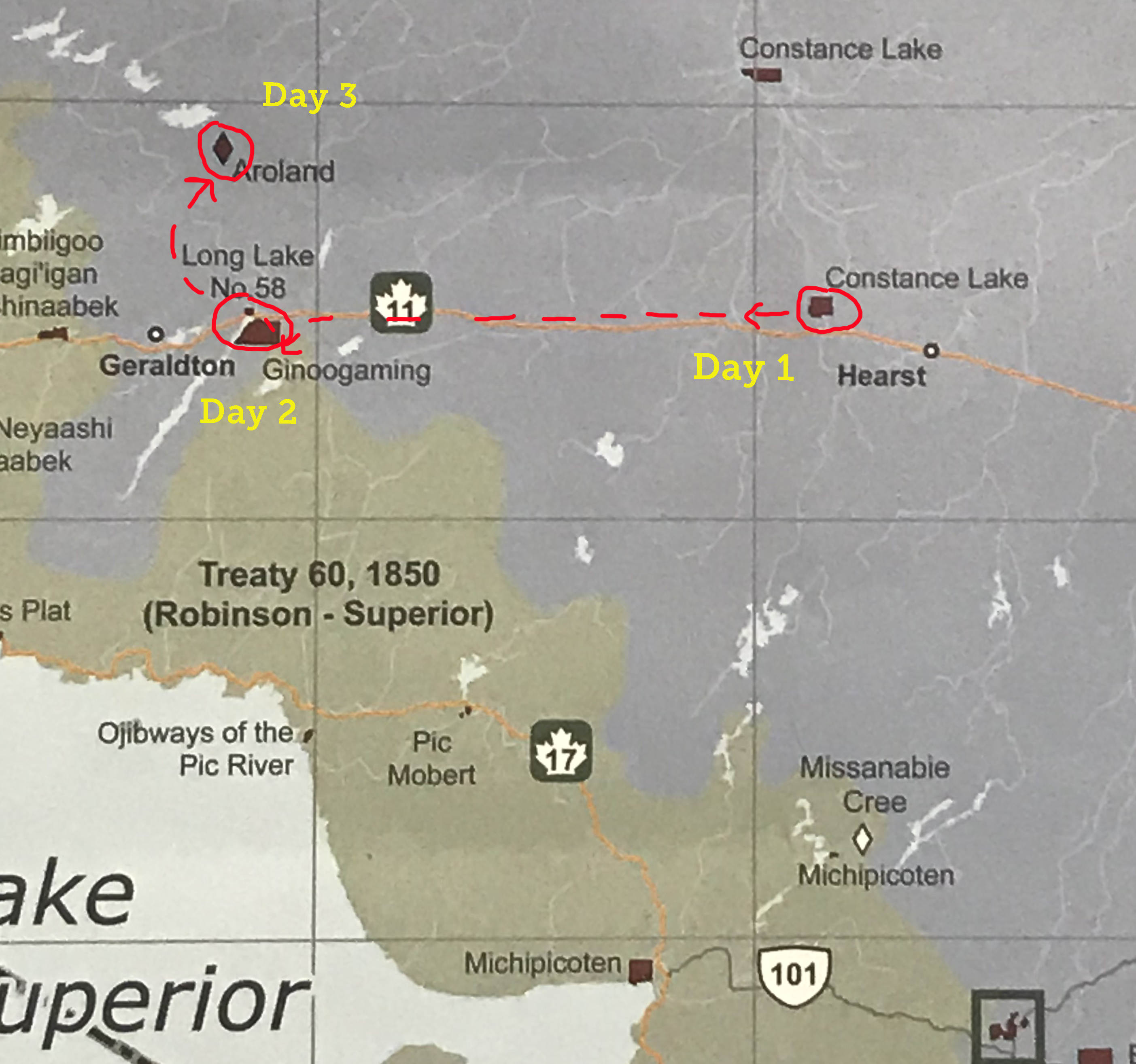
With the prospect of further economic development in the region, there is a desire from some of the Indigenous communities to be in control of the development for its people and for the land. By leading, they can steward the land. This can also mean opportunities for more sustainable means of generating electricity.
The prevalence of the logging industry in this region is obvious. The mills dotting the town of Hearst, the logging trucks on the highways, the cogeneration plant nearby in Constance Lake First Nation that uses wood waste from area mills to generate electricity. The opportunities for renewable energy projects to provide the electricity that’s required for the resource extraction, which has been occurring for generations, is promising but not without its challenges.
It’s an interesting time for Matawa communities. Balancing ownership, economic opportunities, self-determination, energy independence, and other vital issues is no easy task. I’m always impressed by how communities take all of this on.
Our first workshop is in Constance Lake First Nation. The students are eager to find out what our deal is. While other organizations visit the schools in this region from time to time, it happens far less often than schools in the southern part of Ontario. We had a tremendous time with the kids during this trip. We sense there is not a lot of opportunities for extra-curricular activities focused on STEM and energy. We spend the next day delivering solar workshops in Long Lake #58 and Ginoogaming.
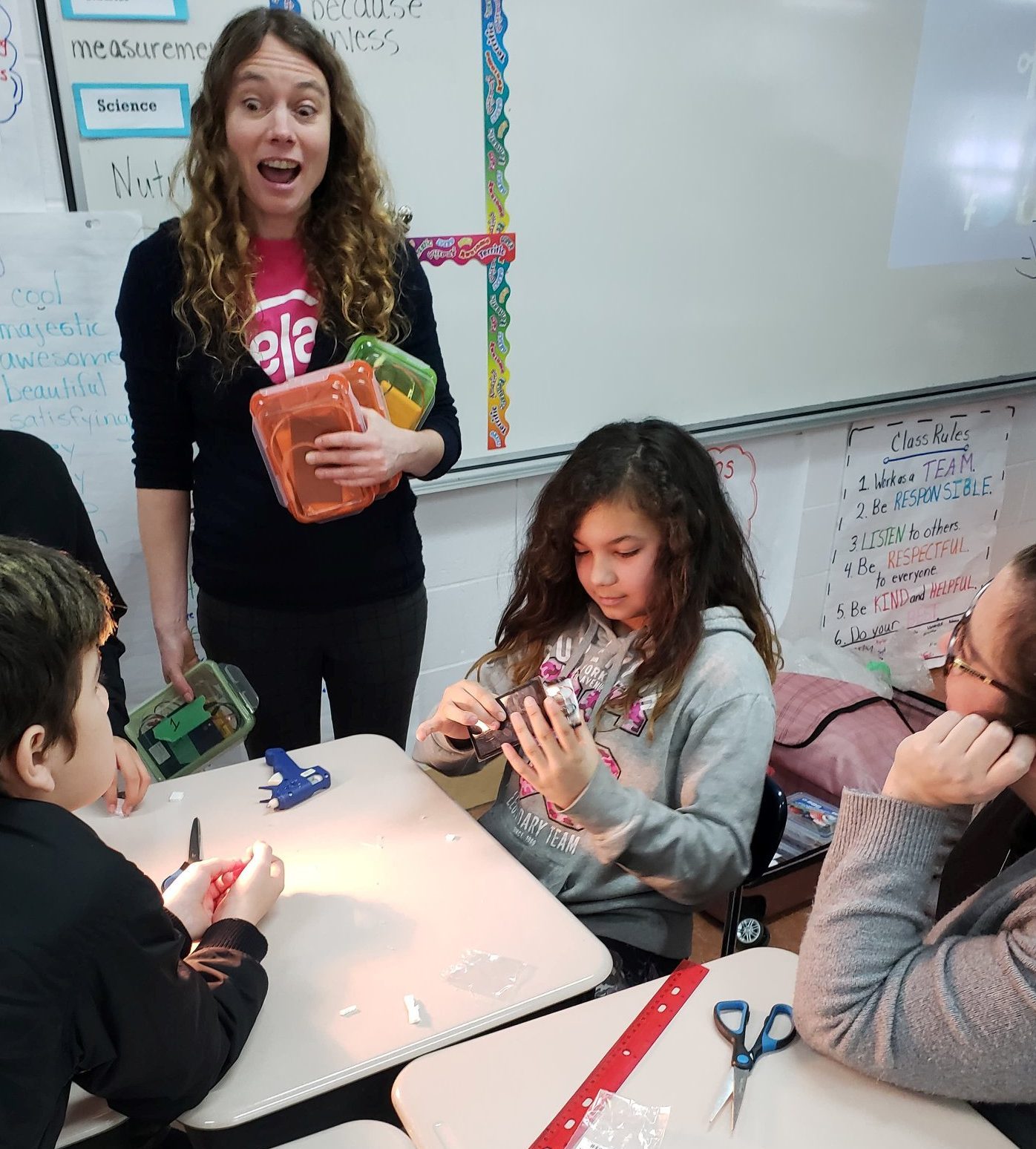
Katie, our workshop facilitator with students during a workshop in Constance Lake First Nation. Photo by and copyright of Matawa First Nations.
There is no shortage of stories in the media about energy development in Canada. Relay’s position is never to try and persuade communities, Indigenous or otherwise, to choose a specific path. We aim to build people’s interest in energy topics and support local communities’ abilities to create their own sustainable energy goals.
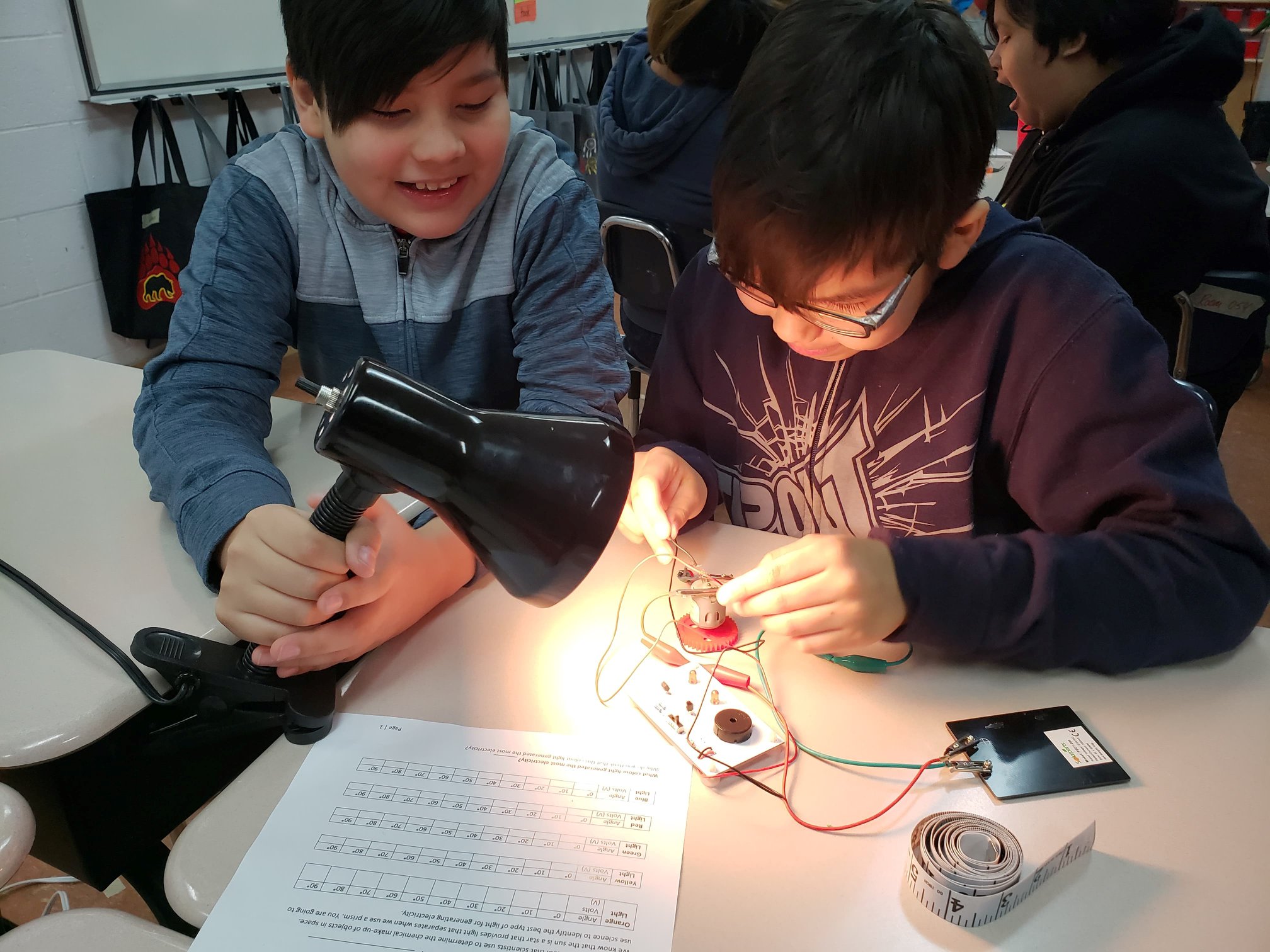
Students completing experiments during a workshop in Constance Lake First Nation. Photo by and copyright of Matawa First Nations.
The final workshop of the trip is in Aroland First Nation. Aroland First Nation is an Ojibwa and Oji-Cree First Nation within the Nishnawbe Aski Nation Territory and a signatory to Treaty 9. After a terrific workshop, the teachers were exceptionally welcoming by offering us lasagna and cheesecake and requests for us to come back soon.
We can’t wait to return.
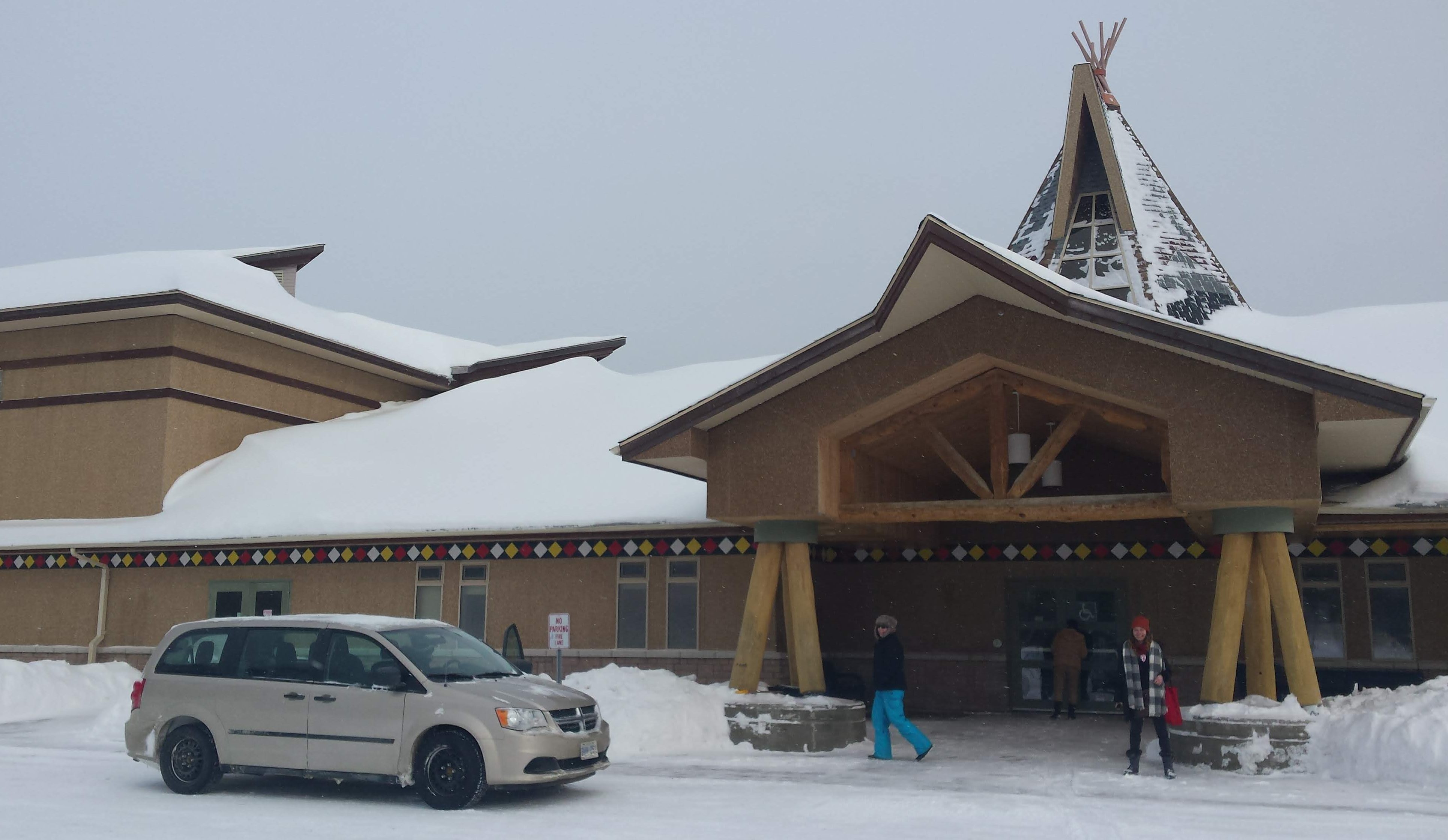
Photo of school in Aroland First Nation.

